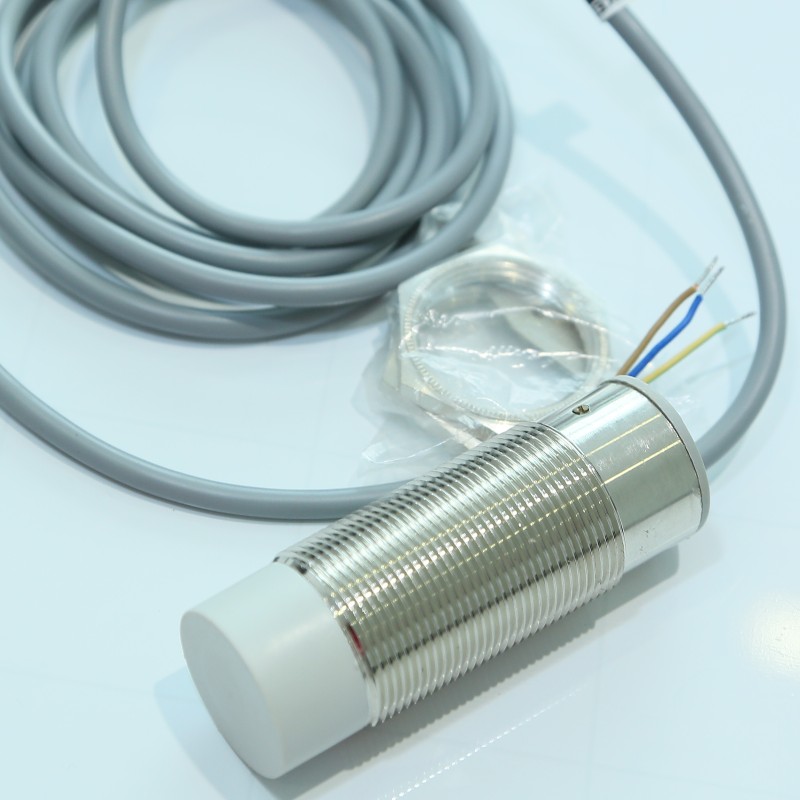
Proximity sensors are very familiar to us. One application of this sensor is equipped on smartphones. When we put the phone to our ear to listen, the phone screen will turn off and vice versa. Or some lines have the function to wake up the lock screen when we cover this sensor. All this is made possible thanks to the proximity sensor.
In addition, in industry, this device is also used a lot. These can be mentioned as: mechanical engineering, sewing, making limit switches for equipment, used to detect metal, on production conveyors… So what is a proximity sensor? What is its working principle? Let’s find out together in this article.
- Introduction What is the proximity sensor?
In the engineering industry, we are familiar with the proximity sensor. However, for others, hearing this name will not help but be surprised. We can show simply: proximity sensor is a type of sensor to detect objects close to the sensor’s scanning eye. To be precise: a proximity sensor is a device that emits an electromagnetic field, electromagnetic radiation to detect the presence of a nearby object.
We can also call this device a proximity switch. The maximum distance at which this device can detect an object is only a few millimeters (mm). This sensor is used more in industries. Depending on the application function, we will choose an appropriate type. So we have answered the question of what is a proximity sensor? Next, let’s learn about its working principle.
- Structure and operating principle of proximity sensor.
There are two types of proximity sensors in common use today: capacitive (capacitive) and electromagnetic (inductive). Each type will have its own advantages and is suitable for a certain application.
The capacitive proximity sensor recognizes most objects and the sensitivity of the sensor can be adjusted. While electromagnetic proximity sensor only detects objects with metal materials.
The electromagnetic proximity sensor consists of a coil wound around a magnetic core at the sensing end. High frequency waves passing through this core will create an electromagnetic field oscillating around it. When an object moves towards this field, an eddy current is generated in the object. These currents will cause the strength of the magnetic field to decrease. The internal monitoring circuit will rely on that to return the output signal as NPN or PNP.
Most proximity sensors use 24VDC power. In some models, in addition to the ralay output, there is also a 4-20mA or 0-10V analog output.
- Proximity sensor classification.
Depending on the shape, function, and output signal, there are many types of proximity switches. In this section, I will introduce to you in turn some types that are used a lot in practice today.
Proximity sensor with cylindrical body
This type is used a lot with the connection type is threaded. Common thread sizes are M6, M8, M12, M18, M30. You can refer to how to convert thread size to millimeters. The measuring range of this type of sensor is up to 40mm. Working temperature from -25ºC to +70ºC. Power supply can be 220VAC or 24VDC.
Proximity sensor has a square shape
Just like the cylindrical type, the square proximity sensor has similar specifications but the connection type is not threaded. This type is a screw-on type, so it is e












